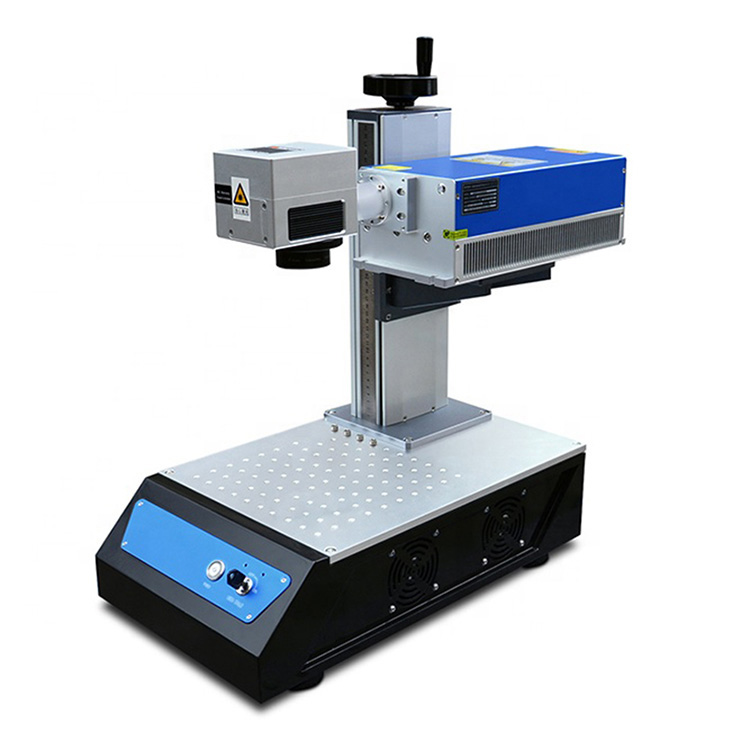
- English
- Español
- Português
- русский
- Français
- 日本語
- Deutsch
- tiếng Việt
- Italiano
- Nederlands
- ภาษาไทย
- Polski
- 한국어
- Svenska
- magyar
- Malay
- বাংলা ভাষার
- Dansk
- Suomi
- हिन्दी
- Pilipino
- Türkçe
- Gaeilge
- العربية
- Indonesia
- Norsk
- تمل
- český
- ελληνικά
- український
- Javanese
- فارسی
- தமிழ்
- తెలుగు
- नेपाली
- Burmese
- български
- ລາວ
- Latine
- Қазақша
- Euskal
- Azərbaycan
- Slovenský jazyk
- Македонски
- Lietuvos
- Eesti Keel
- Română
- Slovenski
- मराठी
- Srpski језик
How to choose between laser etching and laser marking?
2023-09-11
As manufacturing speeds and production scales increase, the need for efficient, accurate and non-destructive laser marking is more pressing than ever. While the marking methods of laser engraving and laser etching sound similar, they differ in speed, design and application.
The difference between etching and engraving
All laser marking machines can engrave and some can etch, but there's more to consider than just whether or not the laser is up to the task. Regardless of which type of laser marker you choose, the key differences between etching and engraving need to be understood in order to properly program it for the task at hand.
Speed. The marking speeds for etching and engraving differ because they each use different heat treatment processes. When etching, the laser simply reaches the melting point of the target material. In engraving, however, the laser must reach the material's vaporization point. Since the melting point naturally precedes the vaporization point, etching is a much faster process.
Because of its speed, you may choose etching over engraving for large production projects that must be done quickly. But be careful when choosing speed over other priorities. For example, etching is prohibited for specific medical devices because the markings collect contaminants.

Design. Etching and engraving produce different designs because of the way the laser treats the material.
As the material melts during the etching process, it becomes malleable and increases in height. When etched, the heat causes the material to sit on top of the original material like undried paint. With a raised mark, light is refracted and shows up as white, black or gray depending on the reflectivity.
Since engraving uses heat absorption rather than melting, the material is removed rather than expanded. The removal of material leaves a light or dark mark.
Applications. The decision to use laser etching or laser engraving can be based on style or speed, but factors such as industry and processing also come into play.
Engraving completely vaporizes the material and therefore facilitates surface cleaning applications. Laser engraving provides a targeted method of eliminating excess material rather than manually scraping away contaminants such as rust, dirt or oil, a tedious process that can damage the product.
Etching creates raised marks and melts the material. Since it does not remove material, cleaning with etching is ineffective. Instead, reshaping the product through etching is effective because it makes the material malleable.
Additionally, etching is a good option for thick pipes used in the oil industry. Melting the surface does not compromise the overall effectiveness of these pipes, so etching is a much more effective option with no drawbacks.
With laser marking, there is no one-size-fits-all option. Understanding and applying the differences between laser etching and laser engraving, and understanding your manufacturing goals can help you make the right choice.



